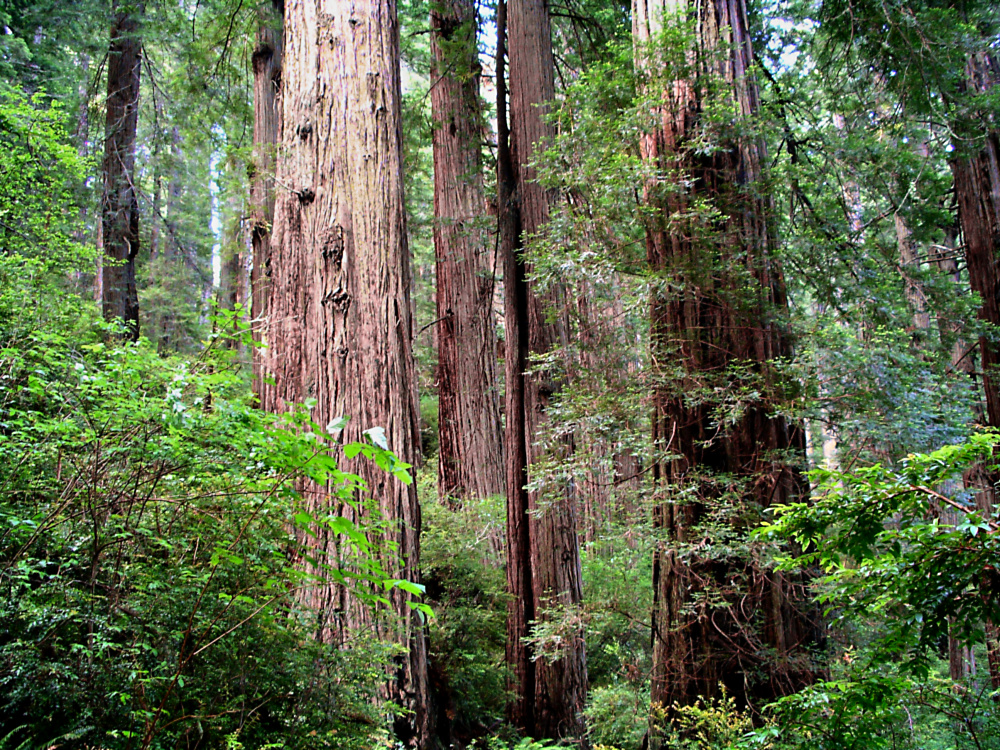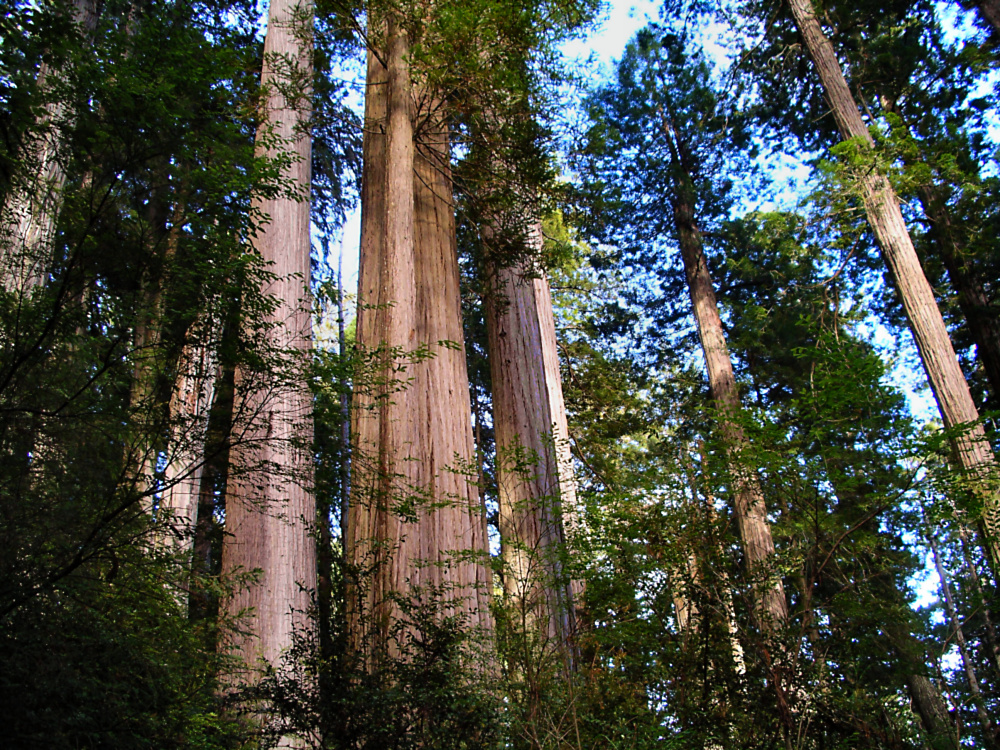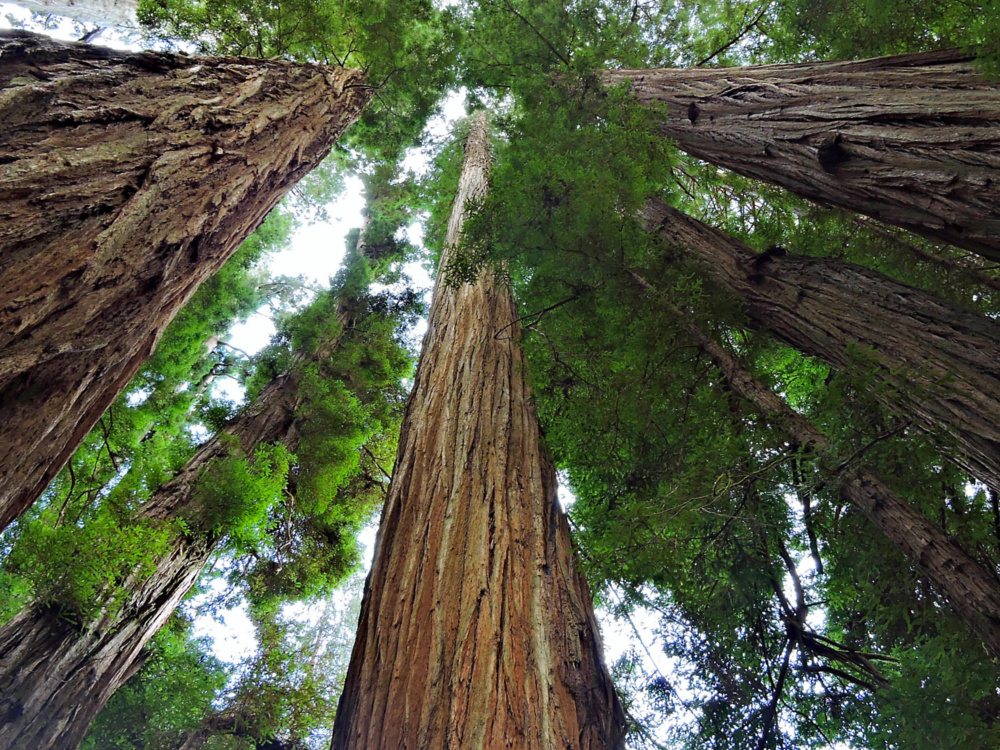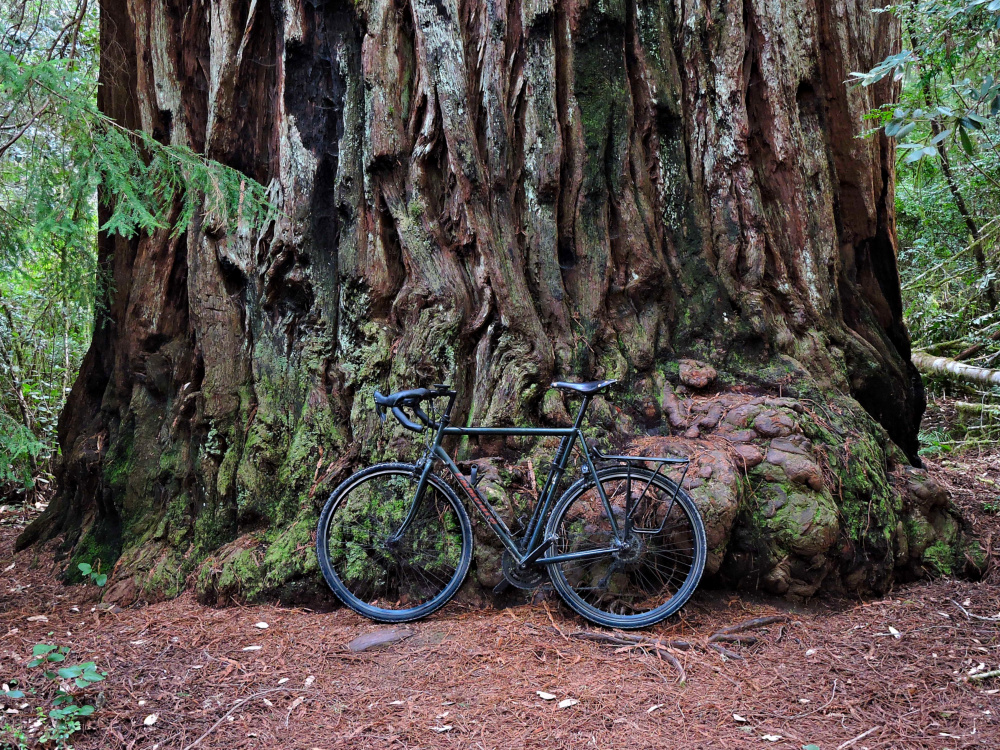If you are someone who enjoys visiting World Heritage Sites, the time, expense, and effort you will be required to put forth in order to do so will depend greatly on the location of the place you call home. The greatest concentration of WHSs, by far, is in Europe. There are a few other hotspots, such as Mesoamerica, East Asia, and the Middle East, but, in general, no other part of the World comes close to that crinkled‑coastlined bastion of the Old World. Consequently, most of our European friends have the ability to visit a nice selection of WHSs simply by making easy day-trips. What does that mean for a resident of the peaceful, though somewhat lonely, coast of the Pacific Northwest region of North America? Even on this continent, the distribution of sites is quite unequal, with most being in Mexico, and a good portion of the remainder located in the Rocky Mountain zone, or the lands east of the Mississippi River. So a person who lives where I have been located lately is required to possess a level of determination that others may not, in order to see these special places.
The closest WHS to my home for the past ten years is only a reasonable 180 km away by road. Certainly achievable with a day of cycling, albeit a rather long one. After that, the next four, in terms of linear distance, are a little more challenging: Olympic National Park, at 500 km, Yosemite National Park at 720 km, Waterton-Glacier International Peace Park at 1000 km, and Yellowstone at a distance of 1100 km. All of these sites are in the Natural category of WHSs, the nearest Cultural site is even more distant. I have visited all of these parks on previous Tours, and while they are spectacular places to see, their locations make them impractical to include a return visit during the World2 Tour. Therefore, those places will, for me, just remain pleasant memories.
Of course, the WHS that is 180 km away is the famous Redwood National Park, a place that everyone who appreciates the natural world should see at least once. I have been fortunate enough to explore these last remaining groves of Coast Redwood on several occasions. The first time I had such an experience was near the end of my very first Tour, just over 25 years ago. For someone who grew up in the Mid-Atlantic region, initially seeing these towering forests is an experience that can’t quit be described. To this day, I have vivid memories of nearly crashing while riding along the Avenue of the Giants, because I spent so much time staring up at the canopy, and hiking through the groves surrounding the wonderful Flint Ridge campground.

The forests in this region have always seemed slightly eerie to me, which may be part of their appeal. The silence within the groves is unexpected, as most of the small-animal life prefer to spend their time high up in the canopy, preventing their sounds from being audible on the forest floor. It has always been my impression that the one thing the Redwood forests are missing is primates. Not humans, of course, they are always present. I am referring to our more arboreal-oriented distant cousins, monkeys. Or, possibly some of the more active apes, like gibbons. Creatures like these swinging through the trees would be the only thing I can think of to improve the forest experience here. Of course, this is all just an imagination, the ecosystem of the Parks is just fine the way that it is.

This National Park is unique in that it is not actually completely Federal land, but rather, an agglomeration of one small segment of such, along with three California state Parks. This belies the tension-filled creation of the park in the first half of the twentieth century. Resource-extraction-based industries had little desire to see any of this ancient and unique ecosystem preserved, and in all likelihood would have eliminated any significant presence of these forests within only a fairly short period, had not an effort to protect them taken hold from the 1920s onward. In fact, in 1976, my junior high school Natural Sciences class spent a week long-unit where we were divided into two groups, each of which was assigned to portray the opinions of one of both sides
of that then-still-controversial issue, and reenact the debate surrounding the creation of the park. I remember thinking at the time that no rational person could seriously think that there were two sides to that question. Even though pressures to expand logging along the West Coast still wax and wane over time, I think no one today would seriously think of allowing these incredible Parks to be lost forever. World Heritage Site status was granted to the Parks in 1980, one of the earliest examples in the USA, and hopefully this will provide an additional level of protection into the indefinite future.
I have visits to a number of WHSs planned for the early months of World2, but given the situation mentioned above, it will be a little while before I will reach the first of those. In fact, that will not happen until shortly after my first jump to the second segment starting point. To compensate for that slow start, I made a quick return visit to Redwood Parks in the weeks just prior to the start of the Tour, by cycling down the always-beautiful coast route, and hiking the trails through the groves. The trees were as tall and majestic as they have been for millennia.

